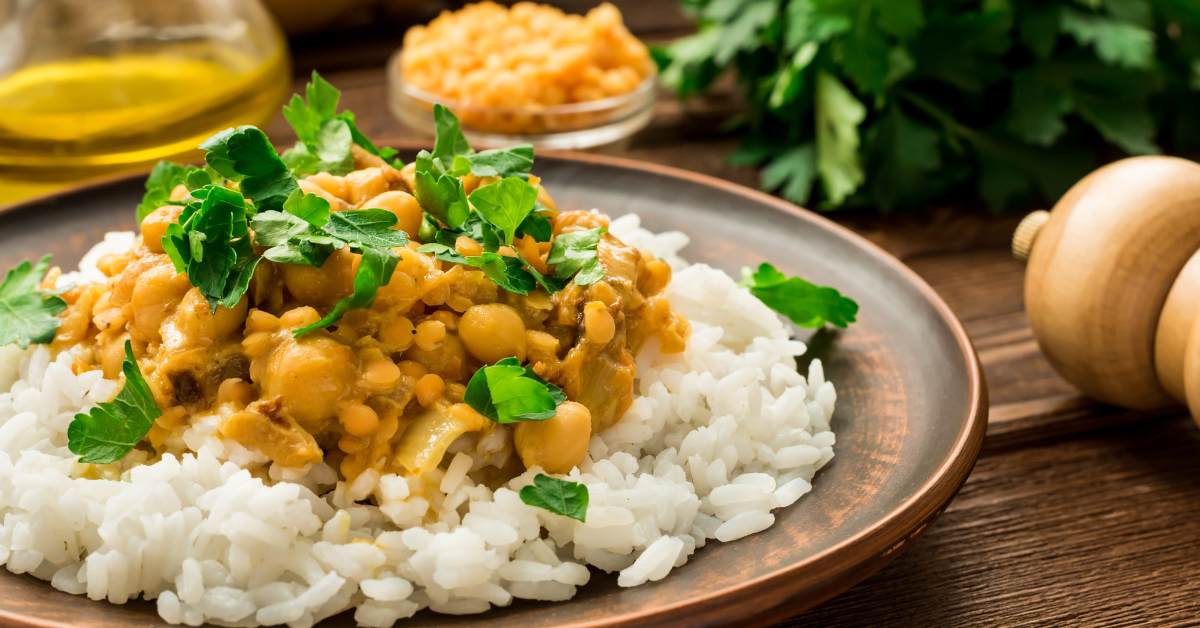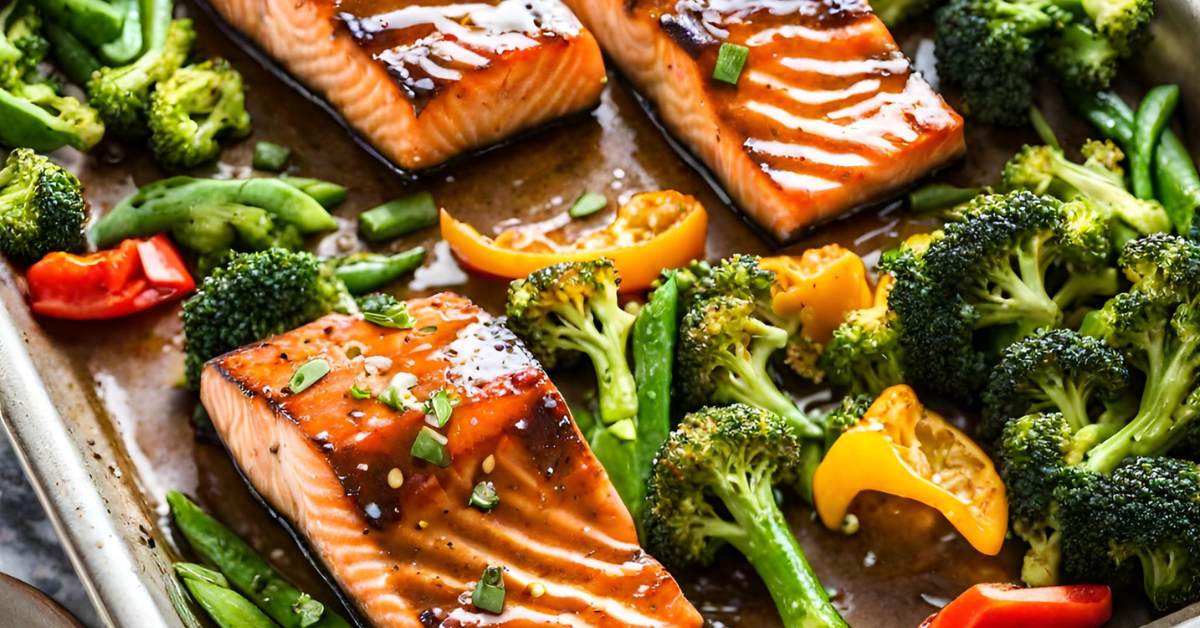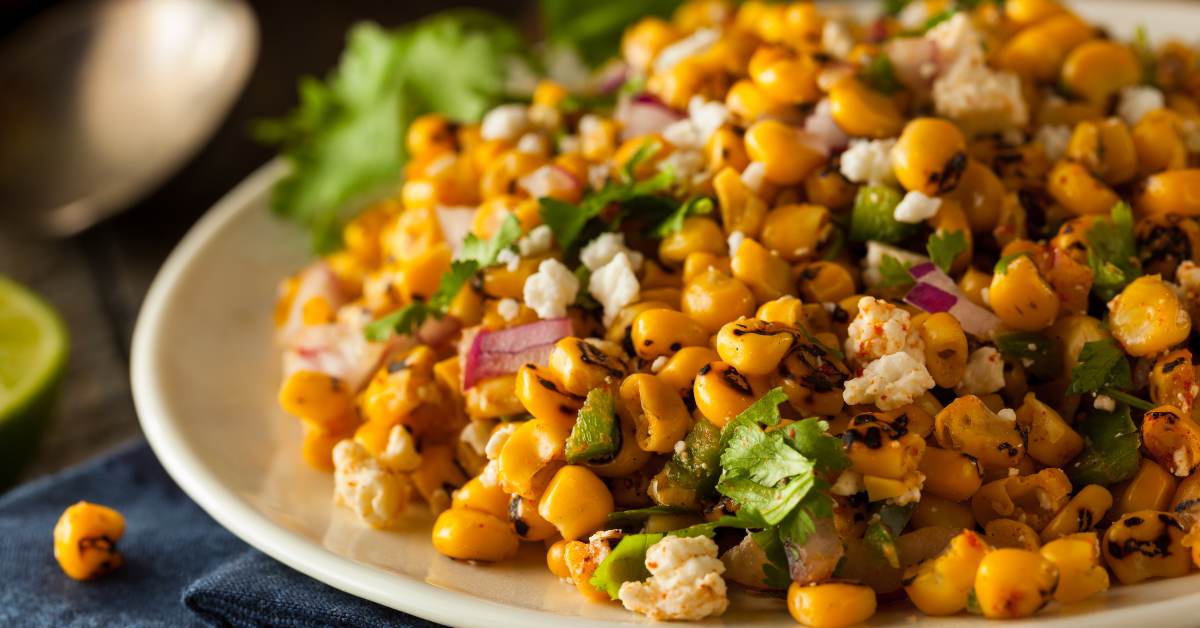Strawberries are a delicious and nutrient-packed food. However, they have a fairly short shelf life, making it hard to enjoy them out of season.
If you’re trying to enjoy strawberries throughout the year, then drying them is both simple and effective.
If you’re not sure of how to get started, just know there isn’t only “one” correct way to dry strawberries.
However, these simple tips will give you an overview of what your options are and how to do each one!
How to Dry Strawberries in a Dehydrator
If you have a dehydrator handy, then this will be your best best because it’s practically fail-proof.
Clean the strawberries and remove the stems. Slice them about 1/8 inch thick for the best results and place single-layered on a dehydrator tray.
Don’t let them touch or overlap.
They take about 6-8 hours at 135 F in order to be fully dried, but exact time will depend on your local humidity levels.
Once completely dry (ie, you can’t squeeze out any droplets of moisture), remove from the trays and store in an airtight container.
If you don’t already have one, this is the dehydrator I recommend:
Prices pulled from the Amazon Product Advertising API on:
Product prices and availability are accurate as of the date/time indicated and are subject to change. Any price and availability information displayed on [relevant Amazon Site(s), as applicable] at the time of purchase will apply to the purchase of this product.
How to Make Oven-Dried Strawberries
If you don’t have a dehydrator or simply want to try another method, you can use your oven in the same way.
Oven-dried strawberries take less time to dry and if you have a good oven, this may be your preferred method.
Be careful about the temperature though as it’s very easy to burn your fruit in the drying process with an oven!
Cut the tops off the strawberries and wash them thoroughly. Half or quarter them, depending on their size.
Mix a pound of berries with two tablespoons of sugar and allow them to sit for half an hour. This will allow the berries to release their juices, giving you more flavor.
Set your oven to 185 degrees or as low as it will go. Spread the berries on a baking sheet covered with a nonstick mat or parchment paper.
Bake the berries and rotate over 30 minutes until they are darker and dried around the edges.
They may still be slightly juicy in the center but avoid overcooking and let them cool on the baking sheet to get rid of any excess fluid.
Cover and chill. While these will last longer than fresh strawberries, they won’t have as long a shelf-life as strawberries dried in a dehydrator, so plan to enjoy them accordingly.
How to Dry Strawberries in a Microwave
If you don’t have an appliance dedicated to dehydrating then the defrost setting on your microwave may come in handy.
Using the defrost setting is a simple way to dehydrate thinly sliced fruit in just 30 minutes.
It’s not the most efficient as most microwaves are fairly limited in space but if you don’t have any other options, this will work in a pinch.
First, you’ll want to wash and dry the rotating place in the microwave. If you have a microwave-safe silicone mat, you can use this as well.
Wash the fruit and cut into thin slices and place on the mat or microwave plate, setting them at least an inch apart.
Set the microwave for 30 minutes using the defrost setting.
If the fruit still isn’t completely dried, flip over and add an additional 10 minutes. Remove and store after cooling completely.
How to Make Freeze Dried Strawberries
The reason why fruits spoil so quickly is due to their high water content. This contributes to bacterial growth so removing the water also extends their lifespan.
Freeze-drying food is a method of preservation where the water is extracted from the food. So we’re not talking about conventional freezing here.
This is a method often used by hikers and anyone who wants to enjoy fresh fruits and vegetables but maintain a light load.
To use this method, you’ll need access to dry ice. Be extremely careful when handling as it’s easy to have frost burns with this.
After slicing the berries thinly, place them in freezer bags in a single layer. The air should be pressed out of the bags and they should be sealed tightly.
Place a layer of dried ice on the bottom of a cooler or even a bucket. Wear gloves during this process!
And if you’re not familiar with dry ice or have never been taught how to work with it, I’d skip this method entirely.
Place the bags with the fruit on top of the dry ice. Stack bags if needed. Place the lid back on the bucket but don’t seal tightly as some air needs to escape.
Once the ice has completely evaporated, seal the lid completely. You can keep the strawberries in that container or store them in a cool, dry place.
Of course, now that there are home freezer dryers, that’s an option, too.
- 18 Servings
- 630 Calories
- Perfect for Food Storage, Emergencies, Survival, Camping, and Everyday Use!
- Ready to eat as a delicious snack!
- Up to a 30 Year Shelf Li
Prices pulled from the Amazon Product Advertising API on:
Product prices and availability are accurate as of the date/time indicated and are subject to change. Any price and availability information displayed on [relevant Amazon Site(s), as applicable] at the time of purchase will apply to the purchase of this product.
How to Dehydrate Strawberries in an Air Fryer
Air fryers are often used for meats, chips, and more. But, did you know that you could actually dry fruit and vegetables in them as well?
This is a little-known fact, but it’s one of the many features of the ever-so-versatile air fryer!
Just like other drying methods, you’ll slice the strawberries thinly and remove any stems and leaves. Lay the slices out on the trays of the air fryer and then set the air fryer function to dehydrate.
The optimal temperature setting is 125.
Start by setting the time to three hours and then start the fryer. You can adjust this time as needed. While running, rotate the trays ever 30 minutes.
Check them for doneness and continue drying if moist or leathery. You can continue using the fryer until you’re satisfied with the dryness and texture.
How to Sun Dry Strawberries
A natural way to dry strawberries is to dry them in the sun.
This method can’t be used in all areas though. You’ll have to be located in an area that has hot weather.
Temperatures of at least 86 degrees F are needed although warmer is better if available. The weather conditions also have to be good as rain will ruin the berries.
You may also want to check for humidity levels and air flow in the area. A humidity of less than 60% is best. This may be challenging in some southern areas where humidity is common.
The fruit dries better with a good breeze so putting them in an area where they have air flow is essential.
Prices pulled from the Amazon Product Advertising API on:
Product prices and availability are accurate as of the date/time indicated and are subject to change. Any price and availability information displayed on [relevant Amazon Site(s), as applicable] at the time of purchase will apply to the purchase of this product.
If all of these conditions are met, then you can pursue sun drying, also known as solar or air drying.
You’ll need drying racks and a reflective sheet such as tin or aluminum to reflect light under the berries and speed up the process.
The racks should be placed on blocks above the reflective surface.
After the screens are placed, you should cover the berries to keep them safe from bugs. Cheese cloth or another screen are your best options. Place the berries on the racks after washing and slicing.
Since the sunlight will dry the berries at a slower rate, it may take a few days for them to completely dry.
Take the berries in at nighttime to avoid overnight dew. Keep an eye on the berries and remove them from the racks when they reach the desired level of dryness.
Dried Strawberry Calories
Although strawberries are fairly low in calories, drying them removes the moisture content and creates a slightly higher calorie level per serving.
A typical serving of dried strawberries is 1/4 cup, which has 140 calories.
Depending on the type of dried strawberries you have or make, yours will also have approximately this caloric level.
The only change would be if you add sugar or other ingredients during the drying process.
Dried Strawberry Nutrition
When it comes to nutrients, dried fruit retains most of the same nutrients as fresh fruit. You’ll notice that the calorie levels are higher for dried fruits.
They’re also a good source of fiber with a serving of dried strawberries rich in this essential nutrient. Strawberries do not contain any fat or protein on their own.
When it comes to vitamins and minerals, strawberries are a good source of calcium. They also contain some iron although they’re not a significant source.
They are a good source of antioxidants as well so it’s a good idea to enjoy them as part of a healthy diet.
Learn more about the incredible benefits of strawberries here.
How to Use Dehydrated Strawberries
If you find yourself with dehydrated strawberries and aren’t sure what to do with them, then you’ve come to the right place!
Of course, they can be enjoyed on their own as a healthy snack, but you can also use them in a variety of ways.
One of the simplest ways to use them is in trail mixes and granola.
The dried berries can turn your everyday granola into a more interesting and nutrient-packed breakfast. Add a handful to your favorite breakfast cereal for a quick punch of flavor.
They can also be used in the place of fresh fruit if you don’t have any fresh strawberries on hand.
For example, if you’re making a fresh smoothie, then you can always use fresh or frozen fruit but most people don’t think about the dried version.
Add a few dried strawberries to your favorite smoothie recipe. Make sure to use plenty of liquid though.
Even if you don’t have any specific recipes in mind, you can still enjoy the strawberries for their flavor and color in any number of recipes.
For example, on desserts, consider adding slices of dried strawberries as a garnish. They pair especially well with white chocolate and chocolate desserts.
Some creative dessert makers even crush them up and use them to coat the sides of cakes or use them as sprinkles.
Not only do they give a great color, they’ll also add a splash of color to make foods impressive.
If you’re tired of your everyday milk, have you ever considered making up your own strawberry milk? Of course you can purchase this in many stores, but strawberry milk from commercial manufacturers is often high in sugar which you may want to avoid.
You can simply grind dried strawberries a blender and add your favorite milk. This is a good option if you are avoiding dairy milk as you can add soy, almond, or any other milk that you prefer.
Check out my tutorial for making strawberry powder and how to use it!
Finally, consider adding them to foods or desserts that might just need a little flavor and color. You can grind up strawberries and add them to your favorite vanilla frosting.
This is a simple way to get a great strawberry dessert without having to purchase strawberry icing.
You can also grind up the strawberries and add them to mousses’ or other desserts for a quick flavorful option!
These are just a few ideas though. There’s really no limit on how creative you can be with your dried strawberries! The simple sweet flavor of the berry pairs well with a number of foods and desserts.
Frequently Asked Questions
How long do dried strawberries last?
If the berries have been dehydrated completely, you can expect them to last several months. Commercially dried strawberries are often good for up to a year, but home-dried ones usually are less.
Are dried strawberries healthy?
Yes, strawberries are a nutrient-rich food that can be enjoyed as part of a healthy diet. Enjoy them in moderation for the best results.
Can I freeze dry strawberries at home?
Yes, using the instructions above, you can freeze dry your own strawberries. Some people prefer to purchase them though as this is a more challenging method.
Can I dehydrate frozen strawberries?
Yes, frozen strawberries can be dehydrated just like fresh strawberries using a dehydrator. Just keep in mind that they’ll take longer to be completely dry.
How do you know when dehydrated strawberries are done?
The strawberries are completely dry when they are not damp or have any soft spots in them. A cooled, dried strawberry should break in half cleanly like a chip. And upon squeezing, you shouldn’t be able to see any drops of moisture.
How do I dry strawberries for tea?
You can use any of these methods to dry strawberries for tea. There isn’t one particular method that works better specifically for tea.
If I had to choose, however, I’d use a dehydrator as my dried strawberries always come out “perfect” and uniform in dryness as compared to an oven or the more novelty methods like an air fryer.












